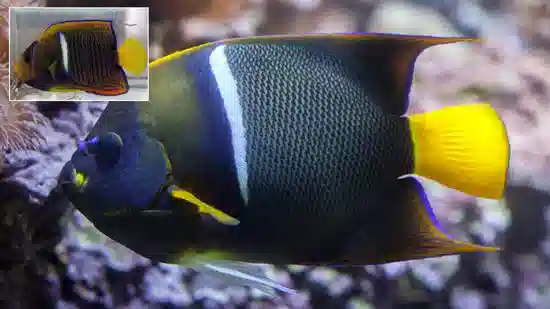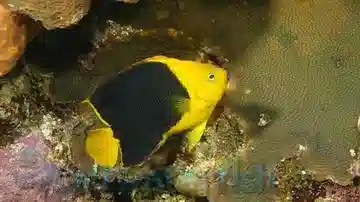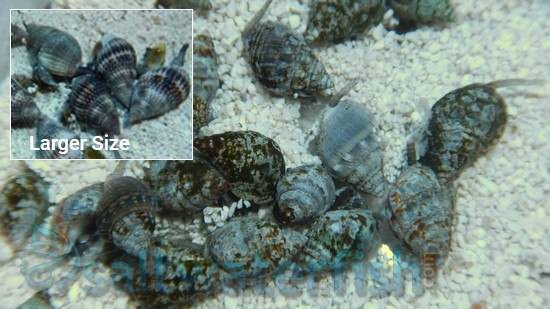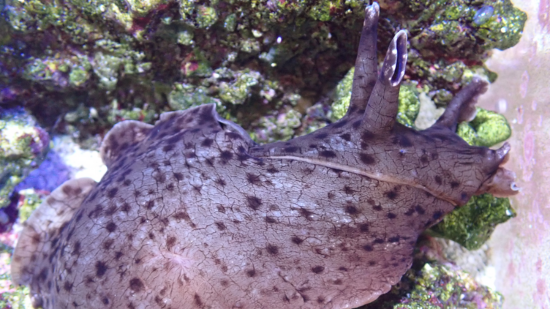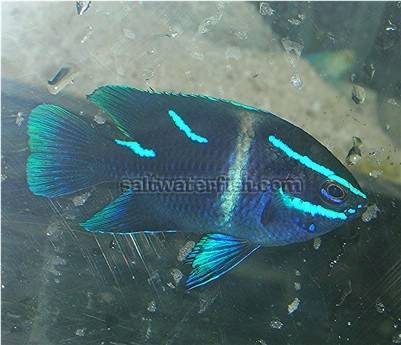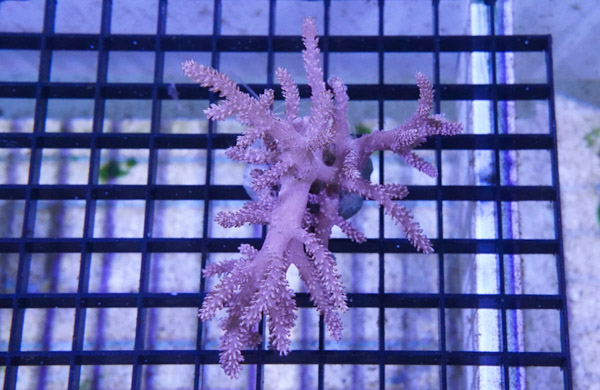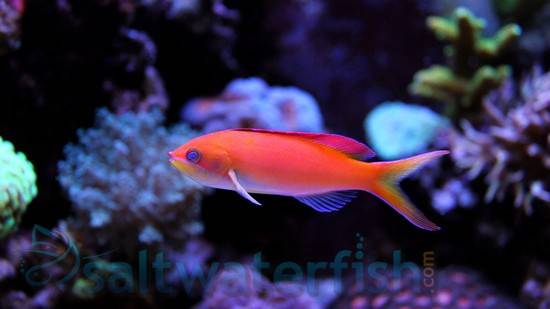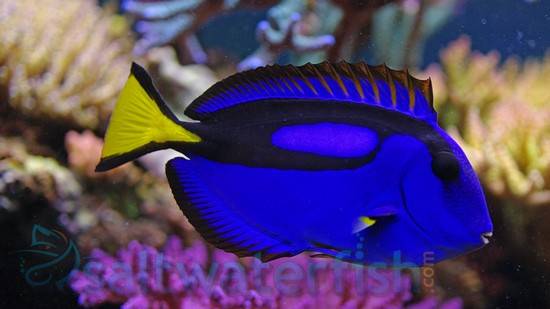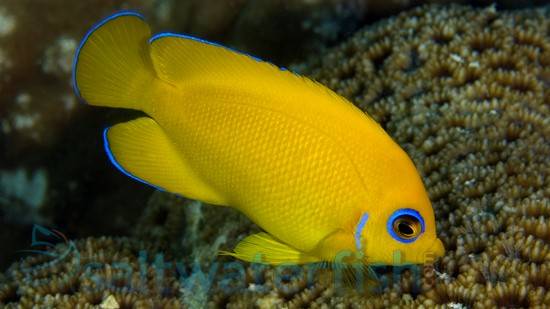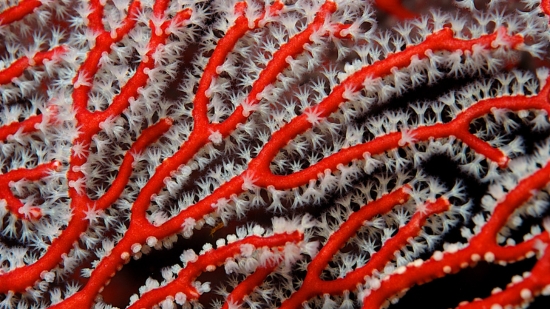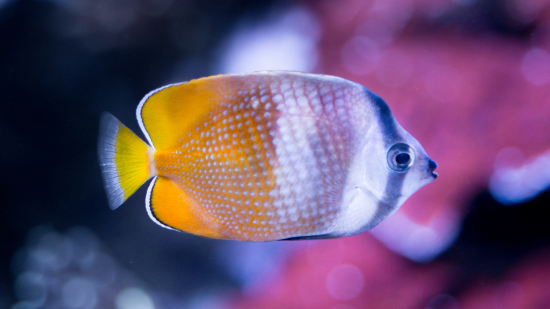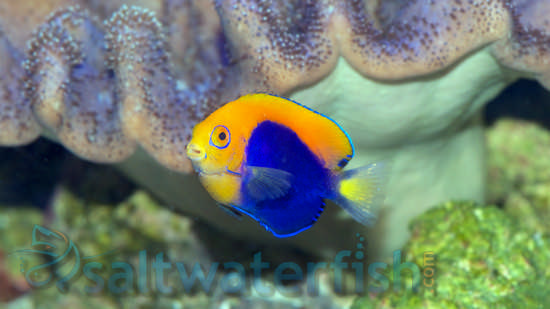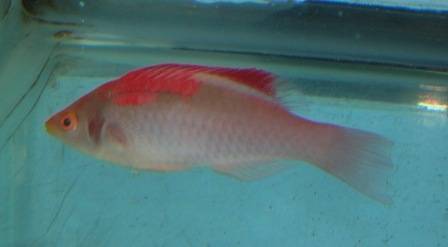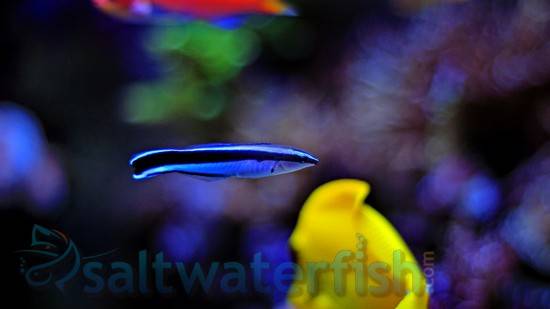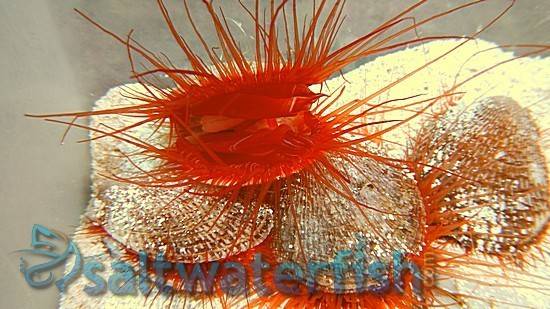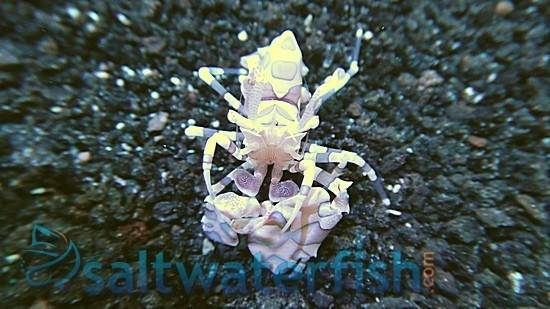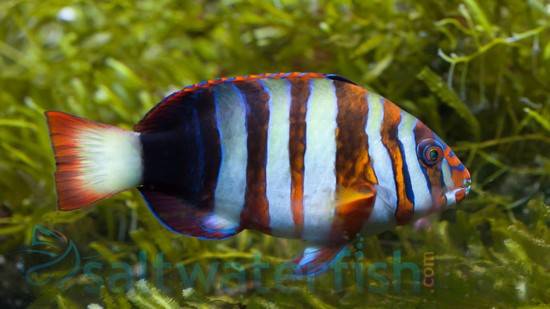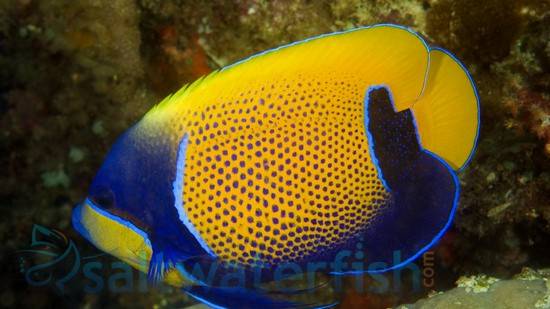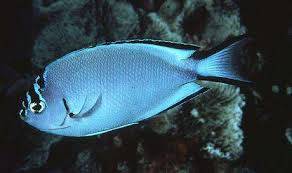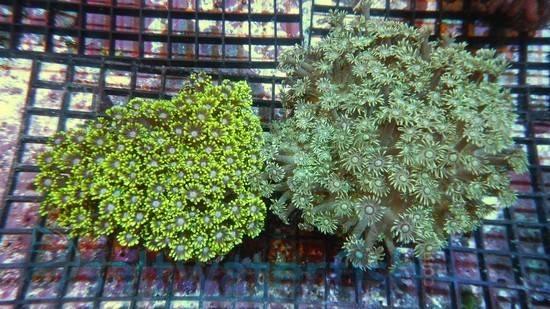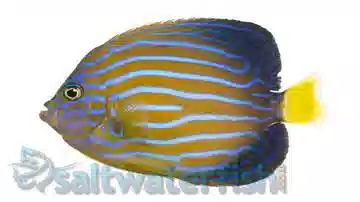Blue Line Angelfish
Chaetodontoplus septentrionalis
(0 Reviews)
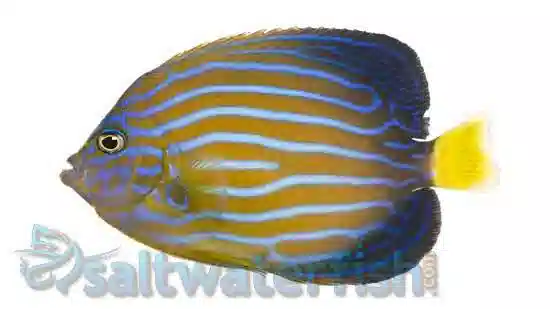
Blue Line Angelfish
Chaetodontoplus septentrionalis
(0 Reviews)
{{ item.name }}
Size: {{ item.extra_field_3 }}
${{ getFormattedPrice(item.saleprice) }} ${{ getFormattedPrice(item.price) }}
Free Shipping
With
$199.00
or more in Marine Life.
More details...
Blue Line Angelfish Care Facts
| Care Level: | Easy |
|---|---|
| Temperament: | Moderate |
| Reef Safe: | Juvenile Stage Only |
| Diet: | Pellet, Packaged |
| Origin: | Hawaii |
| Acclimation Time: | 3+ hours |
| Coral Safe: | No |
| Invertebrate Safe: | May eat small worms, clams |
| Minimum Tank Size: | 100+ |
Blue Line Angelfish (Chaetodontoplus septentrionalis) for Saltwater Aquariums
The Blue Line Angelfish, scientifically known as Chaetodontoplus septentrionalis, is an attractive marine species suitable for saltwater aquarium enthusiasts. Known for its distinctive appearance and moderate care requirements, this angelfish species offers a unique addition to your marine setup.
Habitat of Blue Line Angelfish:
Blue Line Angelfish are primarily found in the Western Pacific Ocean, inhabiting coral-rich reef environments. They are often observed swimming among the intricate coral formations and seek shelter in crevices during the night.
Reef Compatibility with Blue Line Angelfish:
This species is not reef-safe, as it can harm or disturb corals or other reef invertebrates.
Size and Lifespan of Blue Line Angelfish:
Blue Line Angelfish typically reaches a length of approximately 6 to 8 inches (15 to 20 centimeters) at maturity in captivity. They can live for an average of 5 to 7 years with proper care, making them a lasting addition to your aquarium.
Diet in Captivity for Blue Line Angelfish:
Maintaining the health and vibrancy of your Blue Line Angelfish involves providing a well-balanced diet. They are omnivorous and thrive on a diet including high-quality marine pellets, flake foods, and various frozen offerings such as brine, mysis, and spirulina.
Aquaculture Availability of Blue Line Angelfish:
Aquacultured specimens are starting to become available to hobbyists. The majority are wild-caught specimens, however. Choose a responsible supplier.
Compatibility with Other Fish and Invertebrates for Blue Line Angelfish:
Blue Line Angelfish are generally peaceful but can become territorial as they mature. Providing ample hiding spots and space in the aquarium can help reduce potential aggression. Compatible tankmates include:
- Flame Angelfish (Centropyge loricula): These smaller angelfish species can coexist with Blue Line Angelfish if introduced to the tank simultaneously.
- Coral Beauty Angelfish (Centropyge bispinosa): Coral Beauty Angelfish are generally peaceful and make suitable companions.
- Royal Gramma (Gramma loreto): Royal Grammas are relatively small and non-aggressive, making them suitable companions.
- Firefish Goby (Nemateleotris magnifica): These colorful gobies are known for their peaceful nature and can share an aquarium with Blue Line Angelfish.
- Clownfish (Amphiprioninae): Various clownfish species, known for their gentle nature, can be compatible tank mates.
Sexual Dimorphism in Blue Line Angelfish:
Blue Line Angelfish do not exhibit significant sexual dimorphism, making it challenging to distinguish males from females based on physical characteristics alone.
Juvenile to Adult Coloration Changes in Blue Line Angelfish:
Juvenile Blue Line Angelfish exhibit a striking coloration, featuring bright blue vertical lines on their body and a distinctive yellow tail. As they mature, these colors may become less pronounced, fading the blue lines into a more subdued yet visually appealing appearance. The distinct blue lines and yellow tail remain prominent features throughout their life.
Temperament of Blue Line Angelfish:
Blue Line Angelfish are known for their generally peaceful character. However, like many angelfish species, they may become territorial as they mature. Ensuring sufficient hiding spots and space in the aquarium can help mitigate potential aggression.
Tank Requirements for Blue Line Angelfish:
To provide an ideal environment for your Blue Line Angelfish, consider the following tank requirements:
- Minimum Aquarium Size: A tank with a capacity of at least 120 gallons is recommended to accommodate their size and swimming habits.
- Water Conditions:
- pH: Maintain a stable pH level between 8.1 and 8.4.
- Salinity: Keep the salinity in the range of 1.020 to 1.025.
- Water Temperature: Maintain the water temperature within the range of 75-82°F (24-28°C).
- Water Flow: Moderate water flow is suitable to mimic their natural habitat.
Common Names for Blue Line Angelfish:
The Blue Line Angelfish is also known as the Blue Band Angelfish or Blue-Barred Angelfish.
Why Choose Saltwaterfish.com for Blue Line Angelfish:
When considering where to purchase your Blue Line Angelfish, Saltwaterfish.com offers several advantages:
- Wide Selection: Saltwaterfish.com provides a diverse range of marine fish, including the Blue Line Angelfish, ensuring you can find the perfect addition for your aquarium.
- Quality Assurance: They prioritize sourcing healthy and vibrant specimens to give your new aquatic companion the best start.
- Expertise: With years of experience in the marine aquarium industry, Saltwaterfish.com can offer valuable advice and support to ensure your success as a marine hobbyist.
- Convenience: Ordering from Saltwaterfish.com provides a convenient way to access a variety of marine species, with shipping options available to deliver your fish safely to your door.
In conclusion, with its distinctive appearance and manageable care requirements, the Blue Line Angelfish can be a captivating addition to your saltwater aquarium. By providing the appropriate habitat, tankmates, and diet, you can enjoy the unique beauty of this species while ensuring its well-being and longevity in your care. Consider Saltwaterfish.com as your trusted source for acquiring a Blue Line Angelfish to enhance your marine aquarium experience.
Currently Blue Line Angelfish does not have any reviews.




